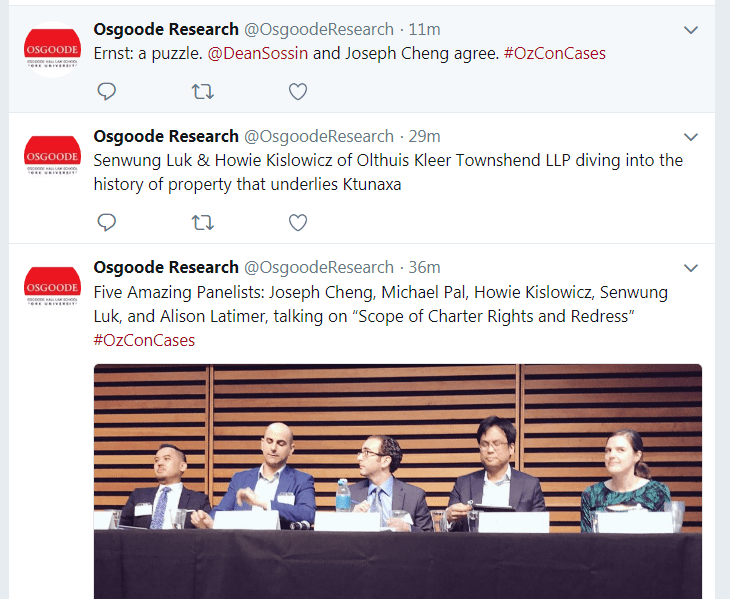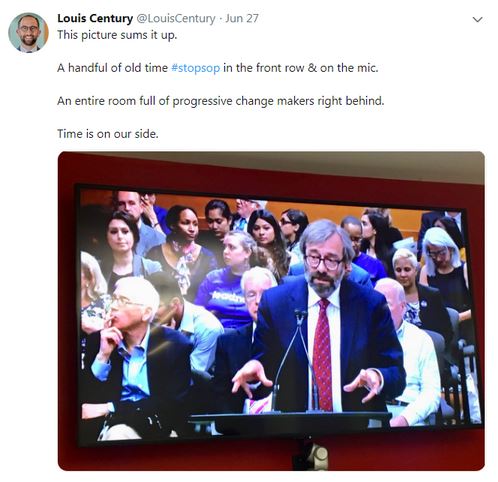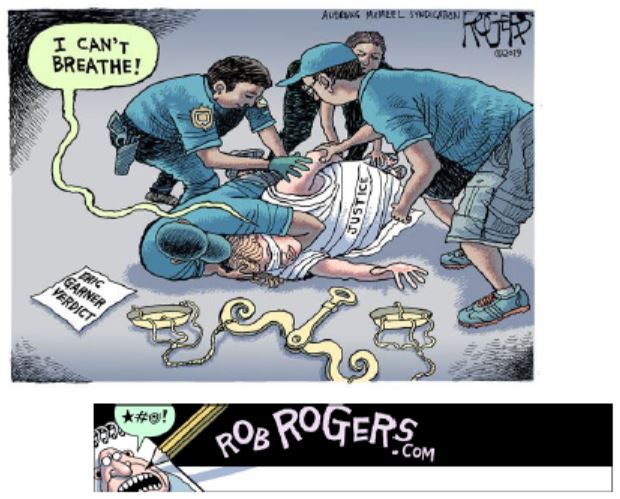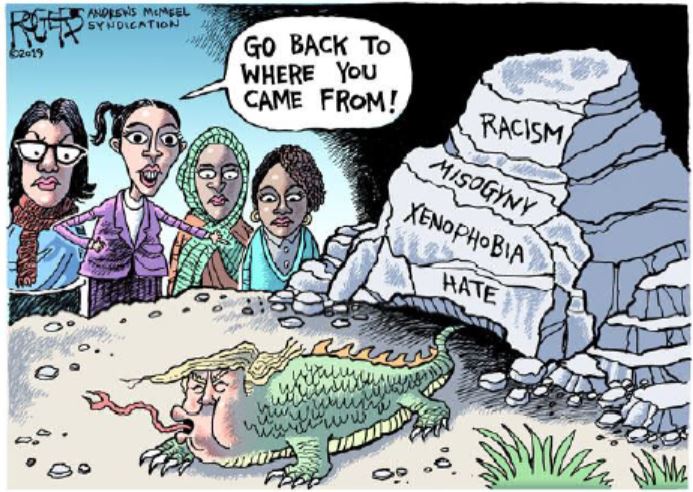Looking in the mirror: Harassment in legal workplaces by Elizabeth Bingham, July 12, 2109, First Reference Talks
Whether advocating for a client before the Human Rights Tribunal, drafting a Respect at Work Policy or assisting a client with engaging a workplace investigator, many lawyers are familiar with providing advice about harassment at work, but how many of us have thought about harassment in our own workplaces?
The Law Society of Ontario’s Discrimination and Harassment Counsel (“DHC”), counsel whose mandate includes providing services to people who have concerns or complaints about discrimination or harassment by lawyers and paralegals, shed light on this topic in their most recent report. The report, which covers the DHC’s activities between July and December 2018, highlights a trend the DHC first commented on in its January to June 2018 report: contacts from legal professionals who reported that they were in abusive employment situations. The DHC’s mandate is restricted to discrimination and harassment related to protected Ontario Human Rights Code grounds (such as sexual or racial harassment) and the contacts related to behaviour that fell outside of this scope, as would be the case with bullying or psychological harassment which is unrelated to a human rights prohibited ground. Nevertheless, the DHC felt that the contacts were significant enough to draw them to the attention of the Law Society.
Among the behaviours reported to the DHC over the course of 2018: verbal abuse, threats and humiliation; bullying; being forced to work 100+ hours per week every week; and not being paid for hours worked. The DHC noted that a large portion of these contacts were from articling students who, among other complaints, alleged that they were forced to run personal errands for their articling principal and/or their principal’s family, were paid less than minimum wage and were humiliated in front of other lawyers or clients. The DHC further noted that a substantial subset of these contacts were from articling students who were trained outside of Canada and/or from racialized articling students.
The trend remarked upon by the DHC is mirrored in the International Bar Association’s (“IBA”) May 2019 report, “Us Too: Bullying and Sexual Harassment in the Legal Profession.” The report details the results of a 2018 survey conducted by the IBA that received responses from almost 7, 000 legal professionals in 135 countries, including Canada. The responses came from a variety of legal workplaces, including law firms, government and in-house.
Among the results [!!!!]:
- One in two female survey respondents and one in three male survey respondents reported experiencing bullying in the workplace.
- One in three female respondents and one in fourteen male respondents reported experiencing sexual harassment in the workplace.
- Fifty-seven percent of those who experienced bullying and seventy-five percent of those who experienced sexual harassment never reported it.
[No wonder so many of those who experience sexual harassment/assault, even in the legal profession (imagine the irony of that), never report it! This is what awaits you if you do:

…
So, how should legal organizations respond? Consider taking the following steps:
- Acknowledge the problem: In an oftentimes high-pressure and adversarial profession, it can be tempting to dismiss harassment in the workplace as just the price of doing business or part of paying your dues – “My articling principal screamed at me and I turned out just fine!” But keep in mind that, in addition to the cost of harassment outlined above, like any other employer, lawyers have obligations under the Occupational Health and Safety Act to investigate and respond to allegations of harassment in the workplace.
- Start at the top: From articles to partnership, lawyers know that we work in a profession that is especially hierarchical. It’s not surprising then that the IBA’s survey found that the most common reason why subjects did not report bullying or sexual harassment was the profile or status of the perpetrator. [How often are perpetrators judges?] …
- Training, training, training: Like all employers, legal organizations are required by the Occupational Health and Safety Act to have policies on workplace violence and workplace harassment and to review them annually. …
While harassment within legal organizations may be a widespread problem, it’s not an intractable one. There are steps every organization can take to create a more respectful workplace. [How do we do fix Canadian courts and dishonest petty smearing rulings?]
Refer also to:
2017 03 22: “Judges: a danger to Canadian women”
2018 04 06: Osgoode Hall Charter Conference panel on Ernst vs AER SCC Ruling: “Ernst: a puzzle.”

Snap of tweet from Osgoode Research and retweeted by Dean Sossin
2019 06 30: How prevalent is racism (and misogyny) among Canadian lawyers & judges?

Snap above from https://twitter.com/LouisCentury
2019 07 06: Ontario Bar Association reaffirms commitment to promoting equity, diversity & inclusion,”speaks as a united voice.” Compare to Law Society of Ontario’s white supremacists squabbling childishly trying to hold onto power. How does a litigant get fair legal representation with shit like this going on?
2019 07 14:

Snap above from https://twitter.com/IjeomaOluo/status/1150565193832943617
2019 07:


